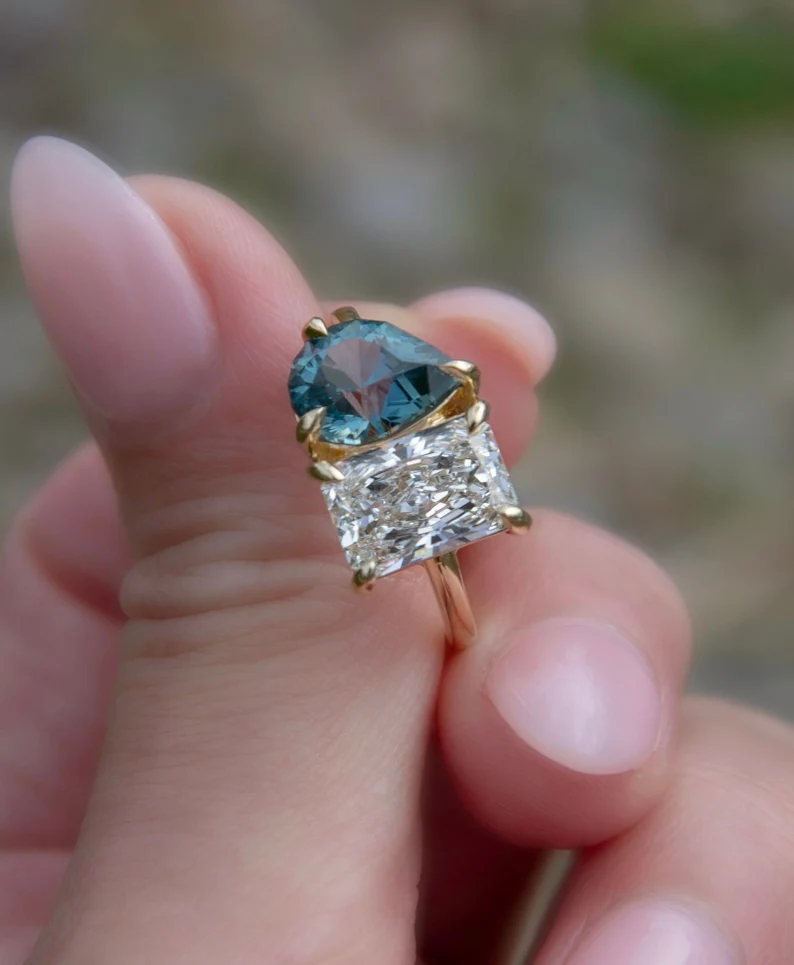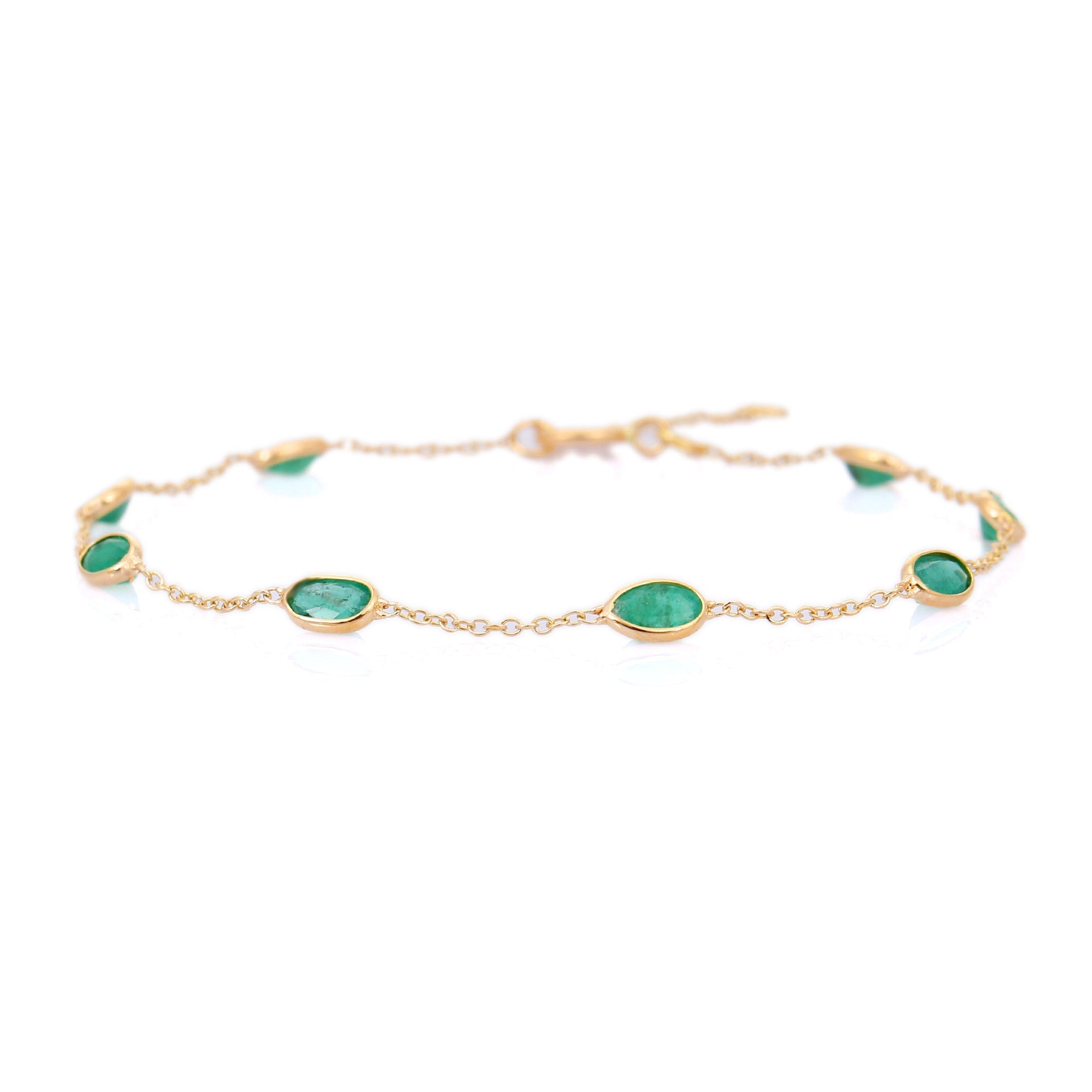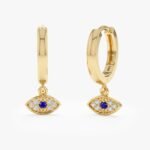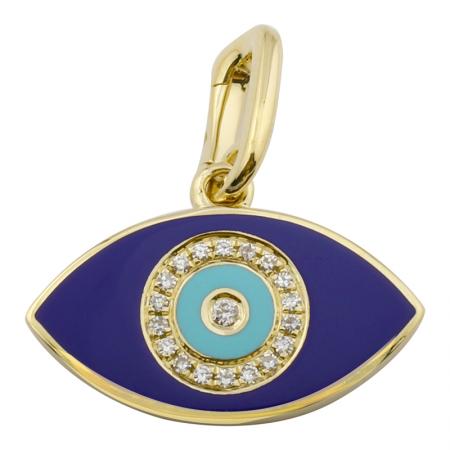Cigar Bands: Bold Look, Surprising Comfort—But What About Scratches?

Cigar bands are wide, bold rings that echo the shape and presence of a cigar band. They make a strong visual statement while often surprising wearers with good comfort. But wide metal surfaces also raise a common worry: scratches. This article looks at why cigar bands feel comfortable, which materials scratch and why, and practical ways to prevent and fix damage. I’ll give clear examples and realistic trade-offs so you can pick the right band for everyday wear.
What makes a cigar band comfortable?
Cigar bands are usually wider than standard rings — commonly 6–12 mm. That extra width spreads pressure across more skin. The effect is a stable fit and less pressure on one spot. Most comfortable cigar bands use a comfort-fit profile: the inside edge is slightly rounded rather than flat. That rounding reduces friction and allows the ring to slide over the knuckle more easily.
Thickness matters. A 2 mm thick, 8 mm wide gold cigar band will feel lighter and more flexible than a 4 mm thick version. Weight and edge shaping also affect comfort. A thin, rounded edge feels less intrusive than a thick, squared edge. Example: an 8 mm 14k gold comfort-fit band at ~2.5 mm thickness is a common balance of bold look and long wear comfort.
Materials and how they behave with scratches
Different metals scratch for different reasons. Here are common options and what to expect.
- 14k and 18k gold — 14k is about 58.3% gold, 18k about 75%. Higher gold content (18k) is softer. Softer metals dent and scratch more easily. Polished gold shows scratches readily. A satin or brushed finish hides them better. You can resize gold bands easily, which matters for wide bands.
- Platinum — Dense and heavy. Scratches in platinum tend to displace metal rather than remove it, creating a matte patina. You can polish platinum and have a full refresh, but frequent polishing will remove material over time. Platinum is a durable choice if you want a long-lasting metal that develops a subtle patina.
- Stainless steel (316L) — Harder than gold and affordable. It resists corrosion and is used often for modern cigar bands. It will scratch, but many finishes (brushed, bead-blast) hide marks. Steel can be polished by a jeweler.
- Titanium — Very lightweight and strong. It’s more scratch-resistant than gold but not scratch-proof. Titanium is difficult to resize, and deep impacts can crack finishes. Many titanium bands have brushed or PVD finishes that mask light wear.
- Tungsten carbide — Extremely scratch-resistant; it keeps a mirror finish for years. But it is brittle. If a tungsten band is struck hard, it can shatter. Resizing tungsten is not possible. Choose size carefully.
- Alloys and plating — Rose gold contains more copper and can be slightly harder than yellow gold, but the color will deepen over time. White gold is usually rhodium-plated to appear whiter. That rhodium layer will wear off and reveal a warmer tone; re-plating is a common maintenance step.
How finish affects visible scratches
The finish determines how noticeable scratches are.
- High polish shows every hairline scratch because it reflects light uniformly.
- Satin or brushed hides small scratches because the texture scatters light. It’s the most practical finish for daily wear.
- Hammered or bead-blasted finishes camouflage damage well and create a rugged aesthetic.
Example: An 8 mm 14k gold band with a satin finish will show far fewer small marks than the same band in high polish.
Preventing scratches — realistic habits
Complete scratch immunity is impossible for active hands. But you can reduce wear significantly.
- Remove the ring for heavy manual work: gardening, construction, weightlifting. Impact and grit cause the worst marks.
- Avoid chemicals and abrasive cleaners. Household bleach and harsh acids attack some alloys and finishes.
- Store rings separately in soft pouches to avoid metal-on-metal contact.
- Choose finishes that fit your life: satin/brushed for daily work, high polish for occasional wear.
- For constant rough use, consider tungsten or ceramic alternatives — they resist scratches but have other trade-offs (brittleness, no resizing).
Repair and maintenance options
Small scratches can often be handled locally. Deeper scratches and dents need professional work.
- Polishing — A jeweler can buff out light surface scratches. Polishing removes a thin layer of metal. Over many polishings the band loses definition (sharp edges soften).
- Re-finishing — Satin or brushed surfaces can be re-created. That hides years of wear without significant loss of metal.
- Re-plating — White gold’s rhodium layer can be re-plated every 1–5 years depending on wear. Heavy wearers may need annual re-plating; light wearers every few years.
- Resizing and welding — Gold and platinum can be resized and repaired with solder or laser welding. Titanium and tungsten are very hard to alter; replacements are usually necessary if size changes.
Example: A 10 mm 18k gold cigar band with deep gouges might be sent to a jeweler for gentle reshaping, then re-polished and re-finished. That restores the look but slightly reduces the ring’s metal thickness.
Choosing the right cigar band for your lifestyle
Pick by priority: bold look, low maintenance, or long-term repairability.
- Bold + low maintenance: 8–10 mm tungsten or bead-blast titanium. Expect serious scratch resistance but know you can’t resize easily.
- Bold + comfortable + repairable: 8–10 mm 14k gold or platinum with comfort-fit interior and satin finish. You can resize and re-finish if needed.
- Balanced choice: 8 mm 14k yellow gold with satin finish. It hides scratches well and remains easy to repair.
Final practical tips
Measure for width when ordering. Wide bands fit tighter; increase your ring size by about half to one full size for widths above 6 mm. Choose comfort-fit for daily wear. Prefer satin or hammered finishes if you want a ring that looks good longer without frequent polishing. If you favor white gold, budget for re-plating every few years. And if you work with your hands, treat a cigar band like a tool — take it off when the job calls for it.
Cigar bands give a bold look with surprisingly good comfort. Scratches are normal. With the right metal and finish, and a little care, you can keep a cigar band looking strong for many years.




